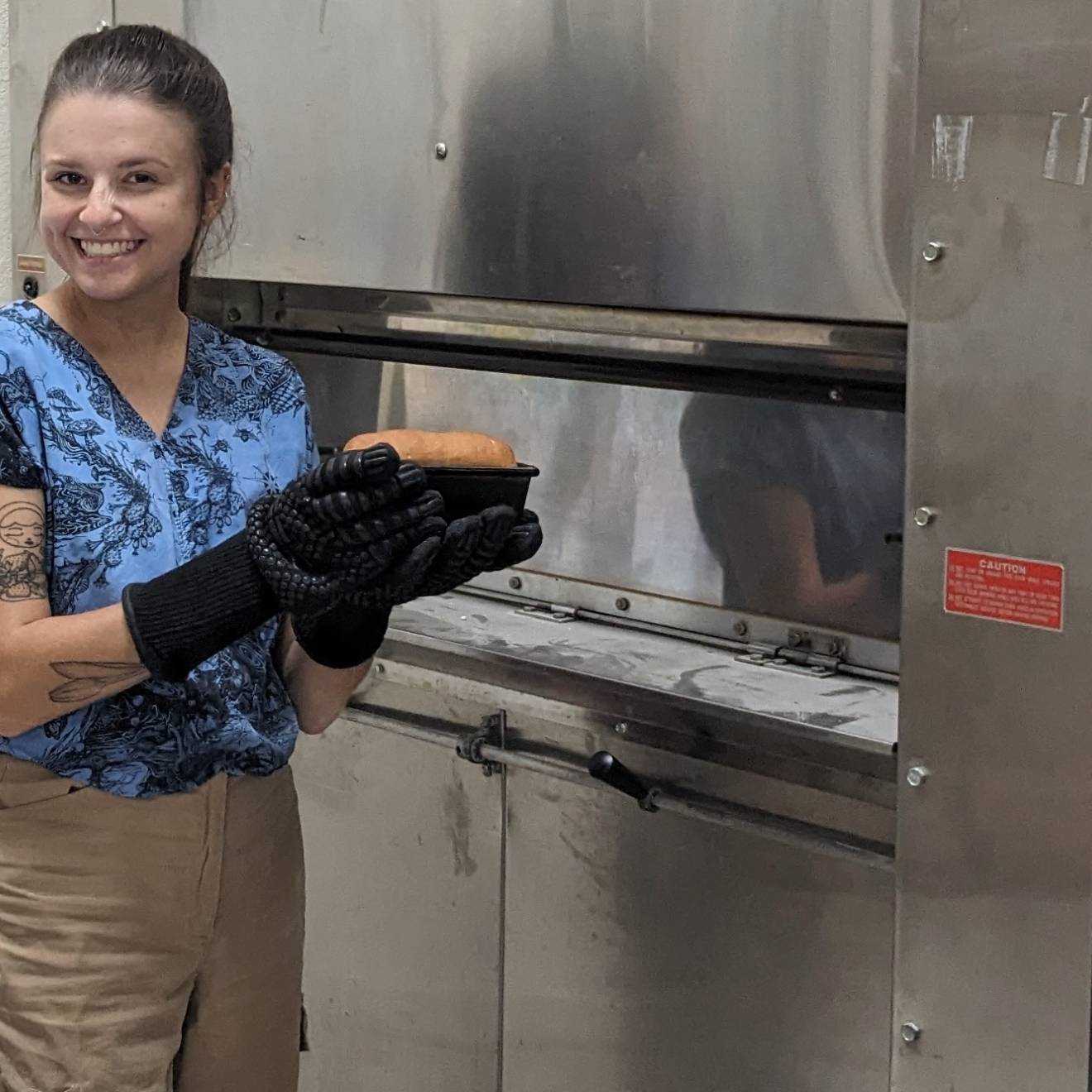Carolyn McMillan, UC Newsroom

Summer’s here and that means it is time to bust one of the biggest sun protection myths out there: that people with darker skin don’t need sunscreen.
Skin cancer can strike anyone — and exposure to the sun’s ultraviolet rays is a leading risk factor.
“There’s a common colloquial phrase, ‘black don’t crack’ — meaning your skin will always be good. You won’t get wrinkles and you don’t need sunscreen if you have melanin-rich skin,” said Dr. Jenna Lester, a board-certified dermatologist at UCSF.
Lester is here to tell you that’s flat wrong. Too much sun can cause some of the most common problems that people with darker skin tones face, including hyperpigmentation and melasma. Dark skin is also no guarantee that you won’t get skin cancer — and being unaware of that fact can be fatal.
“Melanoma, the most dangerous form of skin cancer, is less common among people of color, but they have a much higher rate of dying from it,” Lester said. “That has to do with this misinformation about darker skin. They may not even know skin cancer is a possibility.”
Low survival rates
Music legend Bob Marley was just 36 when he died from an aggressive form of melanoma that primarily affects people of color.
In fact, African Americans have the lowest survival rates for melanoma of any racial group in the U.S. The disease is more likely to be detected at a later stage, when it is much harder to treat. The five-year survival rate for black people with a melanoma diagnosis is just 66 percent, compared to 90 percent for white people.
Melanin, the pigment that influences skin color, provides some protection from the sun’s damaging rays, but people with darker skin still need to take precautions. They should also learn the warning signs of skin cancer and how to protect their skin.
The cancer that killed Marley, for example, often appears as a small lesion on the palms of the hands, the soles of the feet or under the nails. In Marley’s case, he had a small sore under a toenail that he thought was a sports injury. By the time it was diagnosed, the cancer had spread.
Last fall, recognizing that communities of color face serious health disparities in dermatology care, Lester opened UCSF’s Skin of Color clinic. It’s one of just a handful of dermatology offices around the country designed specifically to meet the needs of people with melanin-rich skin.
“Patients would walk into the room and say, ‘I’ve never had a black dermatologist before,’” Lester said. “There was a level of comfort that they could achieve, even without me saying anything to them.”
A dermatologist that looks like you
The Specialty Clinic for Multicultural Dermatology, run by Dr. Oma Agbai at the UC Davis Medical Center, is another such clinic. It provides comprehensive dermatologic care for skin and hair conditions that are unique to patients of ethnic backgrounds such as African, Asian, East Indian, Latino and Middle Eastern origin.
The need for these clinics is clear: Some skin conditions, including cancer, can present differently in people with darker skin, and there is a whole roster of skin disorders that are specific to people of color.
Yet there are so few dermatologists who are themselves people of color that patients don’t always feel like their issues are understood or heard, Lester said.
That makes patients less likely to seek treatment. The issue is compounded by the fact that dermatologists themselves have often been trained on patients with lighter skin, and may not be as familiar with how skin conditions present in patients with dark skin.
Those issues directly affect the quality of care that people of color receive. Research consistently finds that patients have better health outcomes when they have a doctor that they can identify with. There is more trust in the patient-doctor relationship, and patients are more likely to heed their doctor’s advice.
The nascent movement to open Skin of Color clinics around the country reflects those realities. Lester compares it to the rise of women’s health, as a distinct practice, in the 1970s.
Yet unlike the surge in women physicians that has occurred over the past few decades, the percentage of black and Latino doctors is the virtually the same now as it was five decades ago, in the 1970s. The picture is even worse when it comes to specialized fields like dermatology.
Just 3 percent of dermatologists are African American, while 4.2 percent are Latino. That compares with 12.8 percent and 16.3 percent, respectively, of the U.S. population.
Addressing the ‘elephant in the room’
Lester points to a whole host of reasons for the dearth of black, Latino and Native American doctors, including structural and logistical roadblocks that disadvantage people of color to the “elephant in the room” — the inherent bias that continues to influence who gets selected for inclusion in prestigious medical societies, and the opportunities that membership provides.
The Harvard grad was herself discouraged from applying to medical school — and then went on to receive a nearly full scholarship from Brown to do so. Her mother was already in the medical field, perhaps making it easier for Lester to ignore her doubters.
“There are people for whom that discouragement is enough to topple them over. We put up roadblocks, instead of gates that put people through,” she said.
The clinics being run by Lester and Agbai are one important step toward ensuring that all patients, regardless of skin tone, get the excellent care they deserve, while also providing an important training ground for dermatological residents at the start of their careers. At UCSF, that includes several doctors who are themselves people of color.
People who aren’t able to travel to UCSF or UC Davis for their dermatology needs can still ensure they get great care by staying attuned to their own instincts, Lester said.
“Finding a provider that you feel comfortable with, and who listens and doesn’t disregard your concerns is important in any field of medicine,” Lester said. “Follow that feeling and listen to yourself.”

